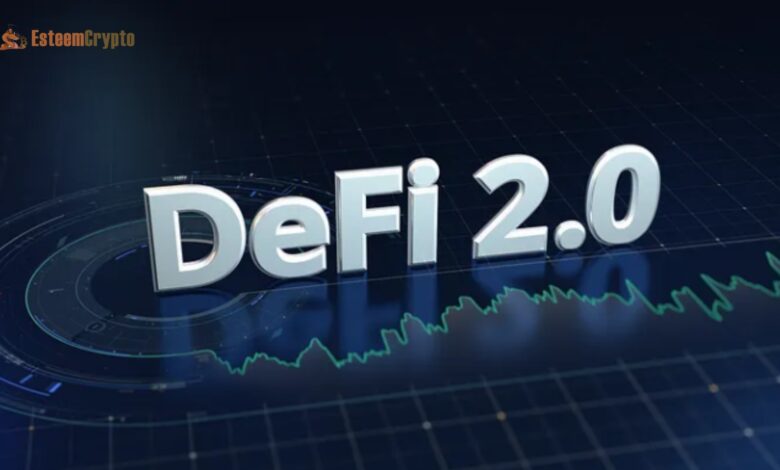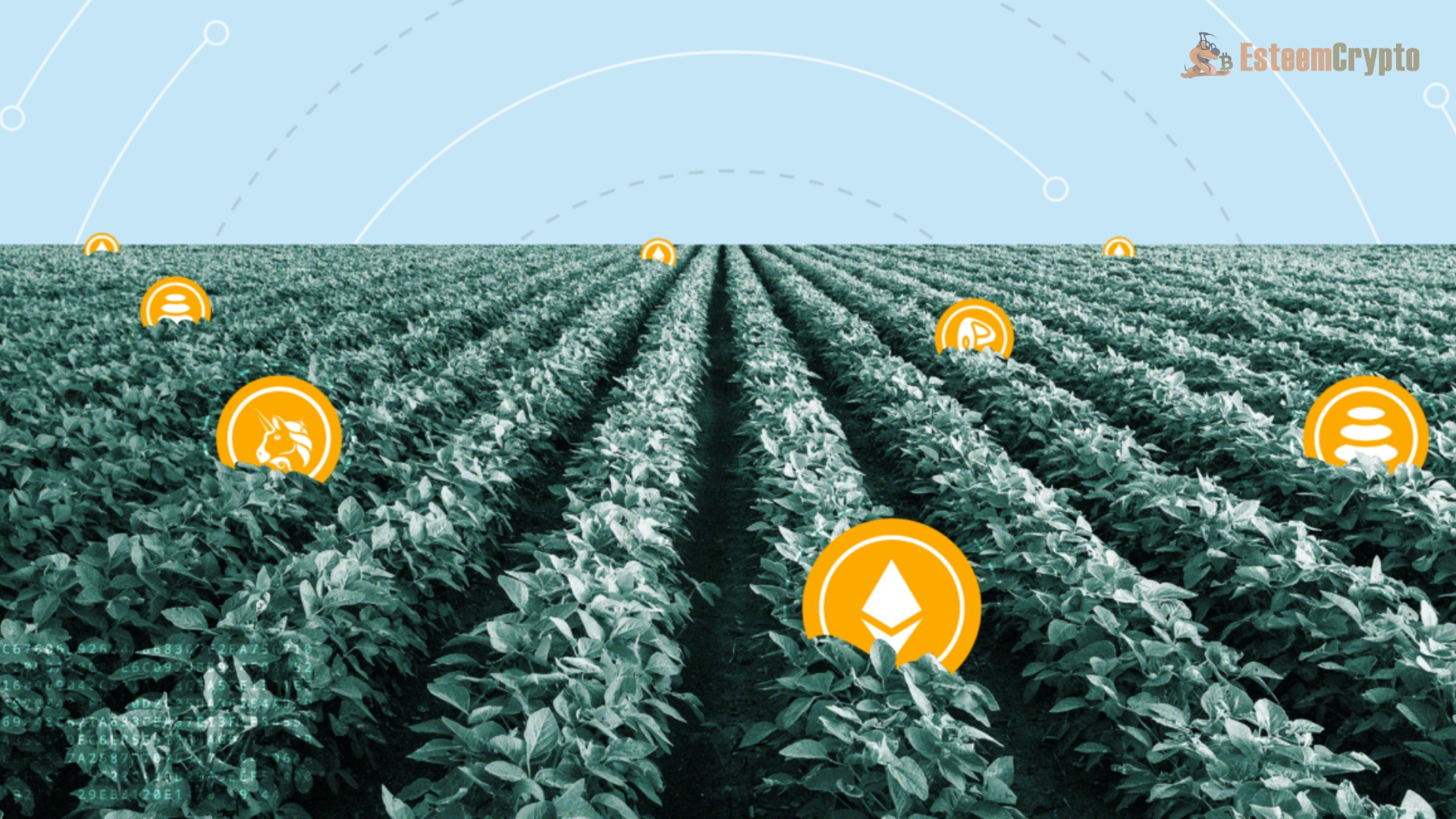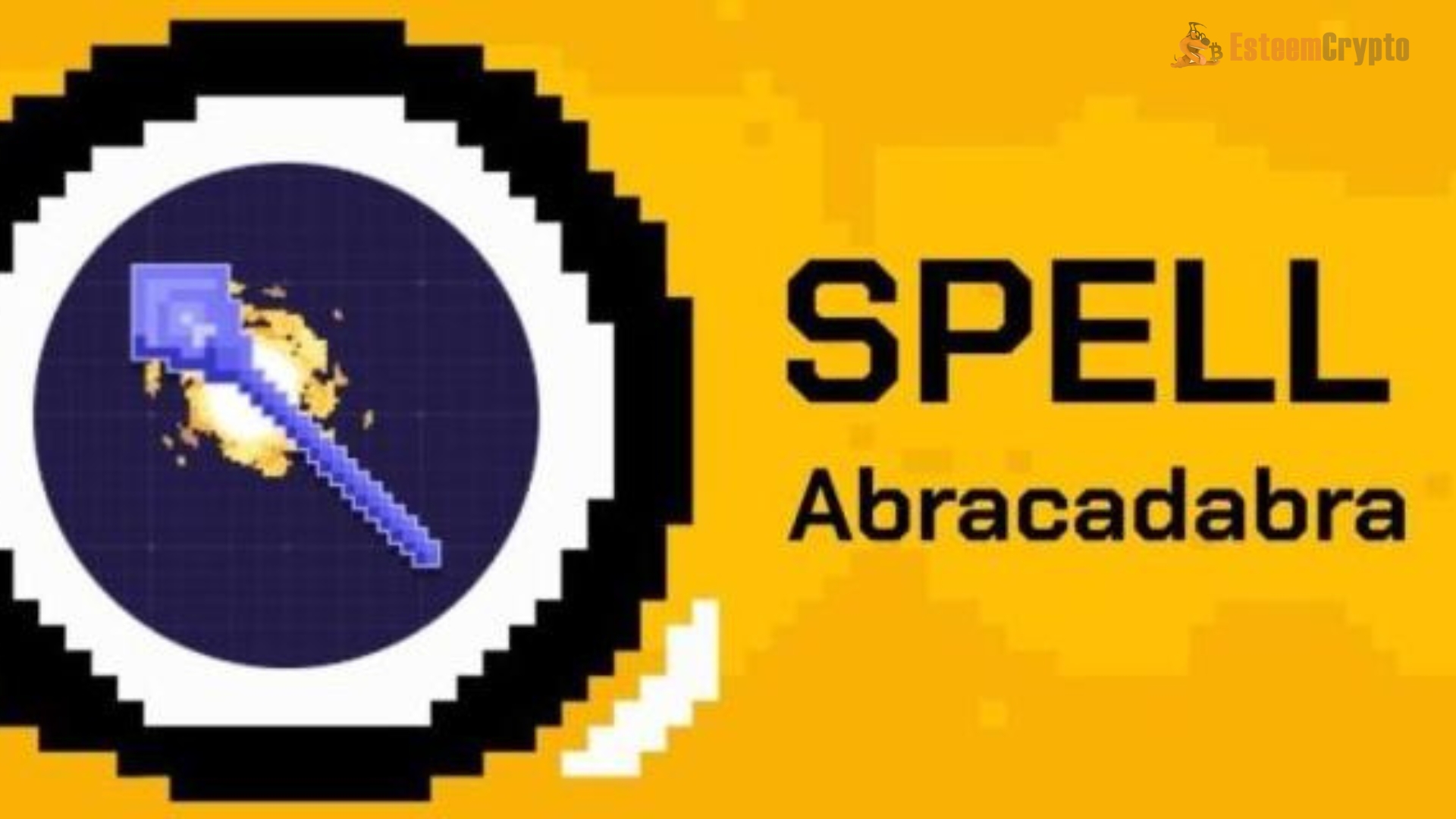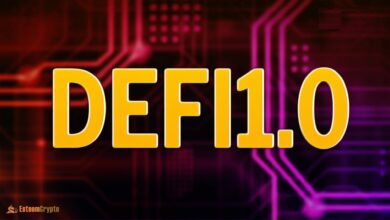DeFi 2.0 Coins: A New Era in Decentralized Finance

DeFi 2.0 Coins: Decentralized Finance (DeFi) revolutionized cryptocurrency by enabling financial services without intermediaries like banks. However, despite its rapid growth, the DeFi sector faced significant challenges, such as liquidity inefficiencies, high fees, and security vulnerabilities. Enter DeFi 2.0—a new wave of innovation to address these issues, enhance the DeFi ecosystem’s resilience, and expand its use cases. This article explores the concept of DeFi 2.0 coins, their key features, and their potential impact on the future of finance.
Understanding DeFi 2.0
DeFi 2.0 represents the next generation of decentralized finance protocols and assets, building on the foundations laid by DeFi 1.0. While the first wave of DeFi focused on creating decentralized alternatives to traditional financial services like lending, borrowing, and trading, DeFi 2.0 aims to optimize these systems by improving scalability, security, and sustainability. Some of the core objectives of DeFi 2.0 include:
Enhanced Liquidity Mechanisms
DeFi 1.0 introduced liquidity pools, where users could deposit assets to provide liquidity in exchange for rewards. However, these pools often faced issues like impermanent loss, where liquidity providers (LPs) could end up with fewer assets than they initially deposited due to price fluctuations. DeFi 2.0 protocols seek to mitigate this risk through innovative mechanisms, such as protocol-owned liquidity (POL), which ensures that the protocol itself holds a significant portion of the liquidity, reducing reliance on external LPs.
Sustainable Yield Farming
Yield farming, or liquidity mining, became a popular way to earn rewards in DeFi 1.0 by staking assets in various protocols. However, many yield farming schemes were unsustainable, leading to market crashes and user losses. DeFi 2.0 aims to create more sustainable yield opportunities by better aligning incentives and introducing mechanisms that reduce inflationary pressures on native tokens.
Security Enhancements
DeFi 1.0 witnessed several high-profile hacks and exploits, leading to significant losses for users. DeFi 2.0 focuses on improving the security of smart contracts through advanced auditing practices, insurance protocols, and decentralized governance, which allows for more robust and transparent decision-making processes.
Improved User Experience
One of the barriers to entry for DeFi has been its complexity. DeFi 2.0 aims to simplify the user experience by offering more intuitive interfaces, cross-chain interoperability, and streamlined processes for onboarding and using DeFi services.
Prominent DeFi 2.0 Coins
Several DeFi 2.0 projects have gained prominence due to their innovative approaches and potential to reshape the DeFi landscape. Below are some of the most notable DeFi 2.0 coins and protocols.
OlympusDAO (OHM)
OlympusDAO is one of the pioneering projects in the DeFi 2.0 space, introducing the concept of protocol-owned liquidity. The native token, OHM, is backed by a treasury of assets, which OlympusDAO uses to provide liquidity to its markets. This model reduces reliance on external LPs and helps stabilize the price of OHM, making it less susceptible to market fluctuations.
OlympusDAO’s bonding mechanism allows users to purchase OHM at a discount by providing assets to the protocol’s treasury, thereby increasing the treasury’s holdings and further strengthening the protocol’s liquidity position. This approach has inspired numerous other projects to adopt similar models, contributing to the growth of the DeFi 2.0 movement.
Alchemix (ALCX)
Alchemix is a unique DeFi 2.0 protocol that allows users to create self-repaying loans. The native token, ALCX, is used within the protocol to mint synthetic assets representing future yield from deposited collateral. For example, users can deposit DAI (a stablecoin) into Alchemix and borrow alUSD, which is automatically repaid over time using the yield generated from the deposited DAI.
This self-repaying loan model reduces the liquidation risk and offers users more flexibility in managing their assets. Alchemix has gained popularity due to its innovative approach to borrowing and lending, setting a new standard for DeFi protocols.
Tokemak (TOKE)
Tokemak is a protocol for DeFi 2.0 that attempts to address the liquidity inefficiencies that conventional DeFi platforms experience. Users can put their assets into Tokemak’s reactors, which are pools of liquidity that produce yield and supply liquidity to protocols and decentralized exchanges (DEXs). The protocol uses its native token, TOKE, to incentivize users to direct liquidity to specific markets, optimizing liquidity distribution across the DeFi ecosystem.
Tokemak’s approach to liquidity provision offers a more efficient and sustainable solution to the challenges faced by traditional LPs, making it a key player in the DeFi 2.0 movement.
Abracadabra (SPELL)
Abracadabra is a DeFi 2.0 lending platform that enables users to borrow against interest-bearing assets, such as vaults from Yearn Finance. The platform’s native token, SPELL, is used for governance and can be staked to earn rewards. Abracadabra’s main innovation is its ability to unlock liquidity from yield-generating assets, allowing users to leverage their holdings without sacrificing the yield they earn.
This approach has made Abracadabra a popular choice for DeFi users looking to maximize their capital efficiency while participating in various yield farming and lending opportunities.
Convex Finance (CVX)
One famous stablecoin exchange, Curve Finance, has a DeFi 2.0 protocol called Convex Finance that aims to increase returns. Staking Curve LP tokens on Convex, which uses the native token CVX to encourage participation, increases rewards. By aggregating user funds, Convex can amplify the yield generated from Curve’s liquidity pools, offering users higher returns than they would earn individually.
Convex’s success has positioned it as a critical player in the DeFi 2.0 space, particularly for users looking to maximize their returns on stablecoin investments.
The Future of DeFi 2.0
The rise of DeFi 2.0 coins represents a significant evolution in the decentralized finance space. By addressing the shortcomings of DeFi 1.0, these new protocols are creating more robust, secure, and user-friendly financial services that have the potential to attract a broader audience and drive further adoption of decentralized finance.
However, DeFi 2.0 is still in its early stages, and the success of these projects will depend on their ability to maintain security, sustainability, and user trust over the long term. As the space continues to evolve, we can expect to see further innovations and refinements that will shape the future of finance.
In conclusion, DeFi 2.0 coins are paving the way for a new era of decentralized finance, offering improved liquidity, security, and user experience. As these protocols mature, they will likely play a crucial role in the ongoing development of the cryptocurrency ecosystem and the broader financial industry.




